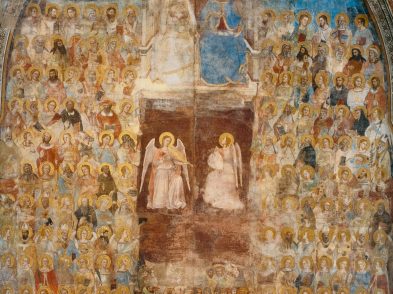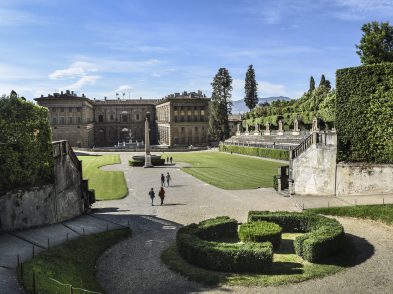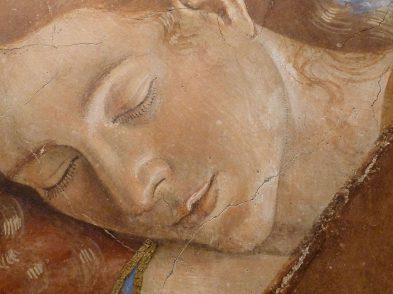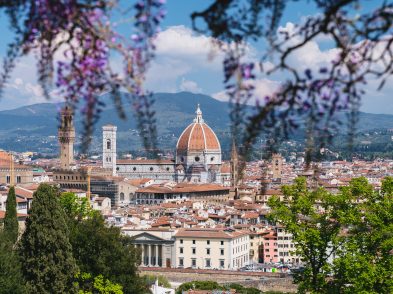T.S. Eliot famously said, “Dante and Shakespeare divide the modern world between them; there is no third.” While Dante is still rigorously read in Italian schools, most English-speaking countries limit themselves to a bit of the Inferno in Western literature courses, if at all. Approaching Dante for the first time can be daunting, especially since some knowledge about his life and times is essential for understanding the poem. Fortunately, there is no shortage of excellent books on the subject to help make the journey easier and more enjoyable.
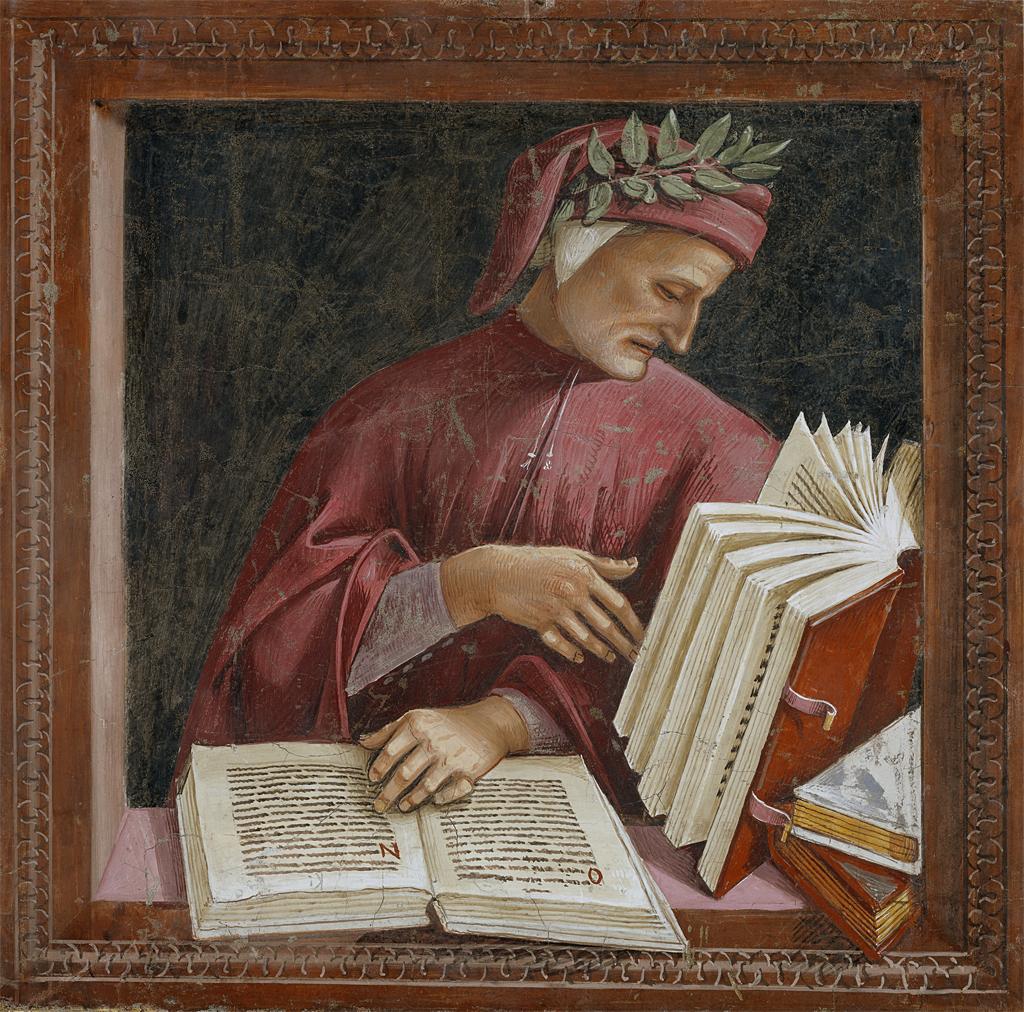
Dante Alighieri, detail from Luca Signorelli’s fresco in the Chapel of San Brizio, Orvieto Cathedral
By way of an introduction
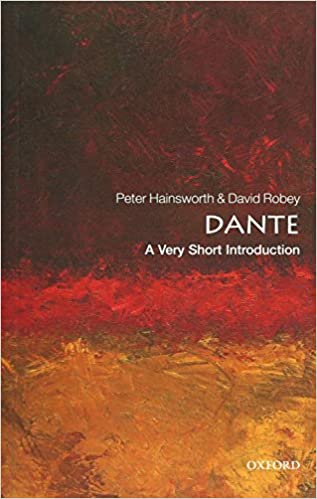
At 115 little pages, Dante: A Very Short Introduction by Peter Hainsworth and David Robey is the perfect place to start for a basic but thorough introduction to a very complex figure and his works. Taking themes like autobiography, truth, humanity, politics and God, the authors provide a concise foundation for approaching a reading of Dante.
For insight + information
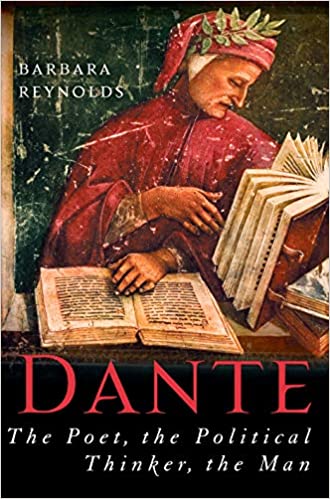
Towards the end of her long academic career as one of the world’s premier Dante scholars, Barbara Reynolds wrote what she called a “portrait” of Dante, filled with self-proclaimed radical and controversial ideas. The result—Dante: The Poet, the Thinker, the Man—is wondrous, whether you agree with her assessments or not. Reynolds leads the reader in a dance through the poet’s biography, his lesser-known works and, of course, through the Comedy. She keeps the chapters short and the writing extremely sharp, a merciful move on her part as the book is filled with insight and information that would have been lost in a different format. This is my most annotated and well-loved book on Dante.
A scholarly take
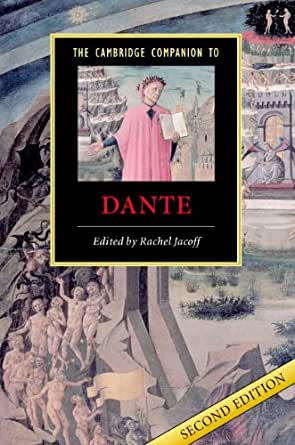
Edited by Rachel Jacoff, The Cambridge Companion to Dante is a series of essays by several renowned contemporary dantisti who give their scholarly take on everything from Dante and the Bible to the poet’s relationship to classical colleagues, the empire, Florence and the vernacular, as well as short introductions to Inferno, Purgatorio and Paradiso. It is perfect for university students or anyone looking for a more academic introduction to Dante and his works.
For literary context
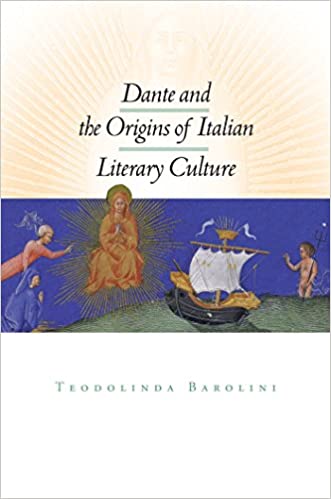
I hesitate to include Teodolina Barolini’s specialist book Dante and the Origins of Italian Literary Culture as it is most definitely suited to university students and scholars; however, for those wanting to examine Dante in relation to the literary tradition that both preceded and immediately followed him, this is a great place to start. Written by a sometimes combative contemporary dantista (my favorite Barolini book is The Undivine Comedy: Detheologizing Dante), its section titles include “A Philosophy of Desire”, “Christian and Pagan Intertexts” and “Gender”.
For love + analysis
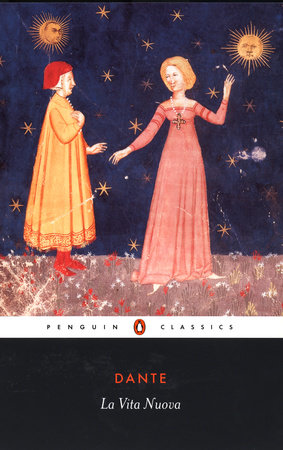
Written by Dante around 1294, La Vita Nuova is a unique collection indeed. Each poem (the majority deal with the poet’s love for Beatrice) is preceded by an introduction and followed by an analysis, all by Dante. I adore it—it’s like having the 30-ish, pre-exile Dante sitting next to you and talking you through the minutiae of his work. While some luxuriate in this kind of hyper-participation on the part of the poet, others like artist and poet Dante Gabriel Rossetti, who translated the Vita Nuova in the 19th century, hated having the love poetry ruined by Dante’s didactic analysis. As translator Barbara Reynolds says, feel free to skip over those parts and go straight for the “dream-world of ecstatic love” found in the poetry. Her translation is smooth and her notes are few but thorough.
For Dante in translation
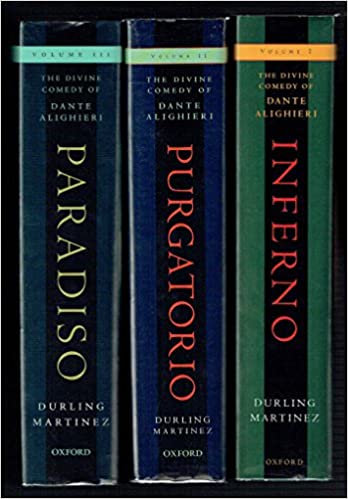
Robert M. Durling and Ronald L. Martinez’s translation of The Divine Comedy is the one I recommend. While it is not the easiest to procure and stretches across three rather large volumes, it is the one I prefer. Expect a facing-text prose translation that I find best mirrors Dante’s use of the vernacular, which is such a fundamental aspect of the poem. The endnotes and additional notes are also among the best I have encountered in English. For the more serious reader, the addition of an “Intercantica” section in their Purgatorio is a wonderful tool for making connections across the three books.
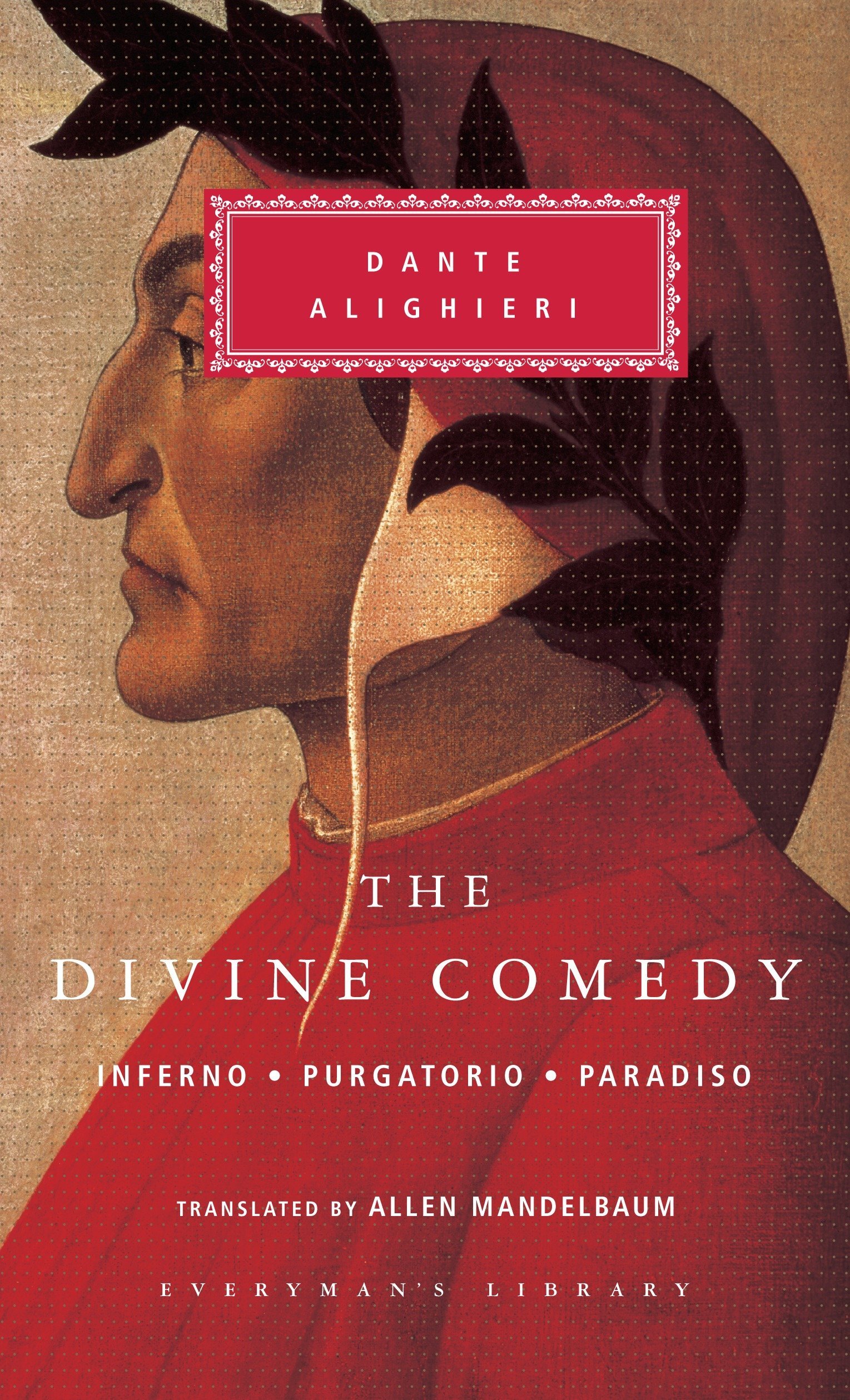
If a multi-volume with copious notes is not for you, the Allen Mandelbaum blank verse is quite user-friendly, and John Ciardi offers a fairly pleasant rhyming translation. It’s a rift on terza rima where he rhymes only the first and third lines. My advice for choosing the best translation for you, however, is to pick one canto and read it in each translation (Inferno I is good) to see which one is the easiest on your ear. We all have different tastes, so read through a few and pick the one most satisfactory to you.
For a quick go-to
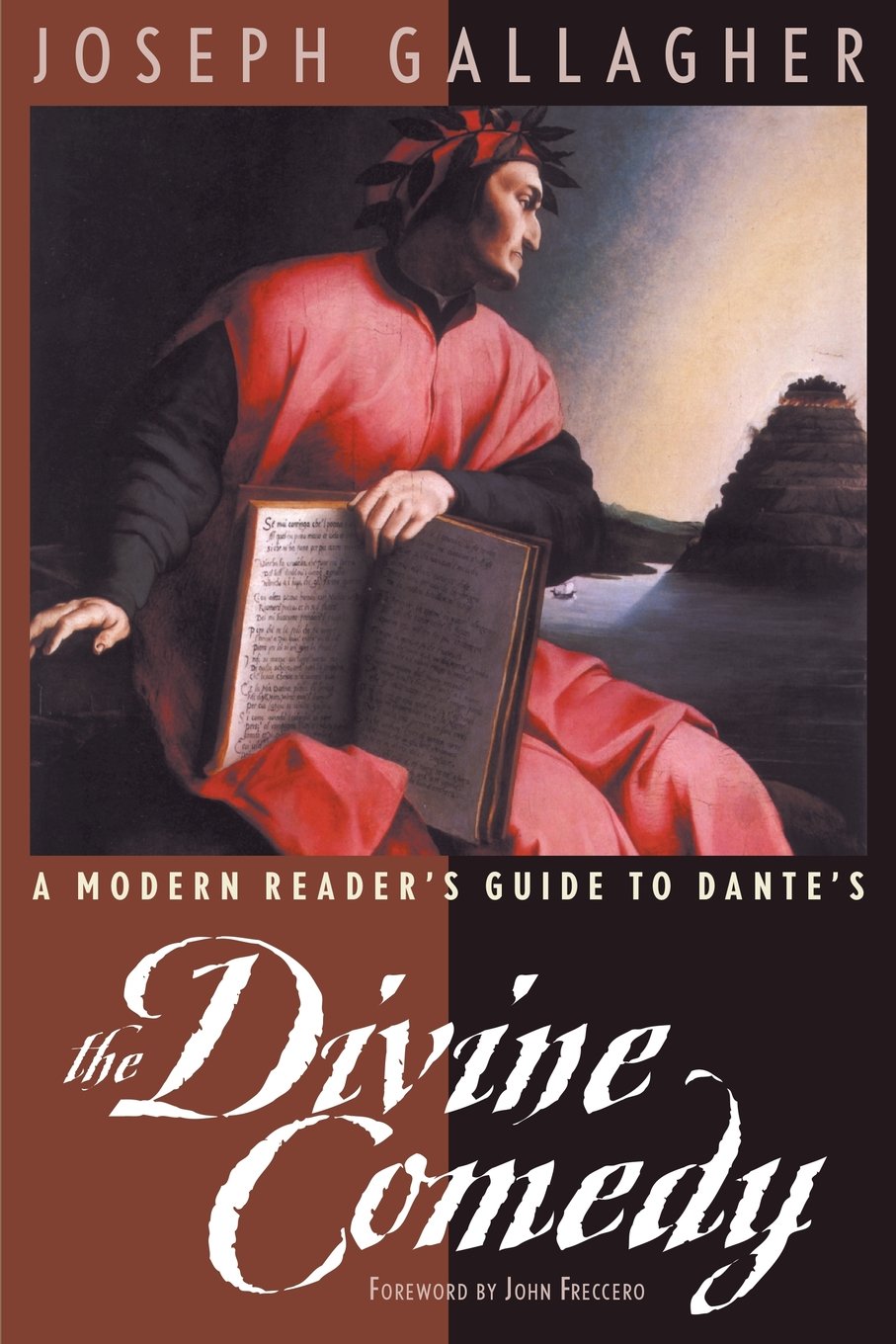
I just love Joseph Gallagher’s A Modern Reader’s Guide to Dante’s Divine Comedy, a CliffsNotes-like companion to the Divine Comedy. The short summaries are my go-to for a quick reference of those cantos whose themes don’t come quickly to mind. It misses a lot of detail, but that is what your annotated Divine Comedy is for. This book provides the essentials as well as a short “Notes” section to almost every canto that makes comparative literary and cultural connections that even your annotated version won’t.
Learn more about Dante
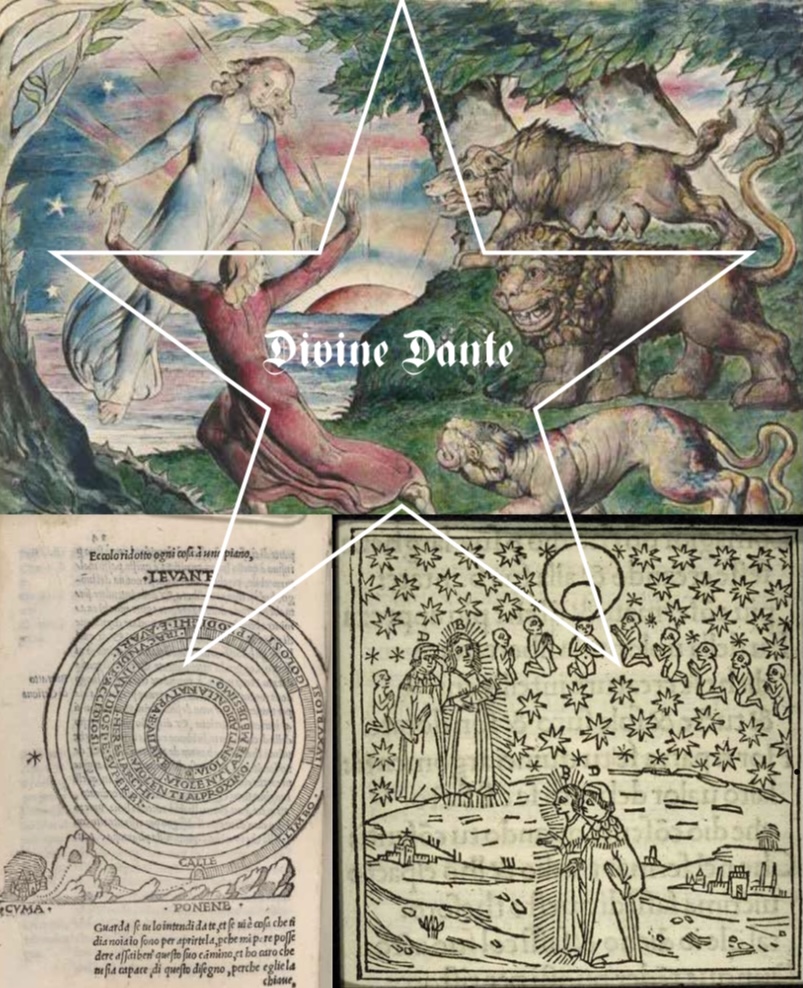
To learn more about the man himself, Alexandra Lawrence’s Divine Dante online course hosted by The British Institute of Florence is a six-week guided reading of Dante’s epic work, expertly delivered to make the overwhelming text more manageable and casting light on the many layers of meaning. Starting on March 9, details can be found here.
Already made your way through the three canticas? Alexandra is also running Dante and the Visual Arts, a three-session course looking at artistic culture during Dante’s day and how it made its way into his work. The classes will be held on March 11, 18 and 25, providing a visual feast to accompany your deep dive. Find out more at www.formasideris.exploreflorence.it.
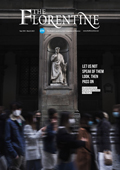
This article was published in Issue 276 of The Florentine.


